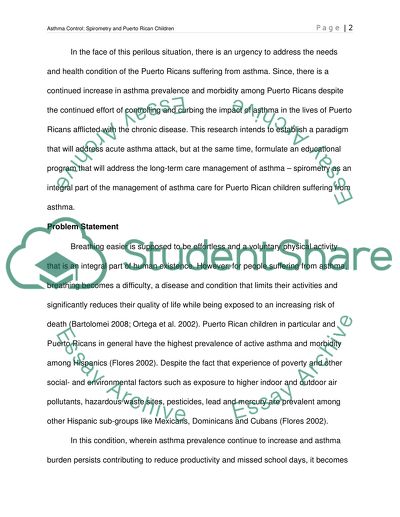Cite this document
(“Spirometry and Puerto Rican Children Research Proposal”, n.d.)
Retrieved from https://studentshare.org/nursing/1394169-spirometry-and-puerto-rican-children
Retrieved from https://studentshare.org/nursing/1394169-spirometry-and-puerto-rican-children
(Spirometry and Puerto Rican Children Research Proposal)
https://studentshare.org/nursing/1394169-spirometry-and-puerto-rican-children.
https://studentshare.org/nursing/1394169-spirometry-and-puerto-rican-children.
“Spirometry and Puerto Rican Children Research Proposal”, n.d. https://studentshare.org/nursing/1394169-spirometry-and-puerto-rican-children.


